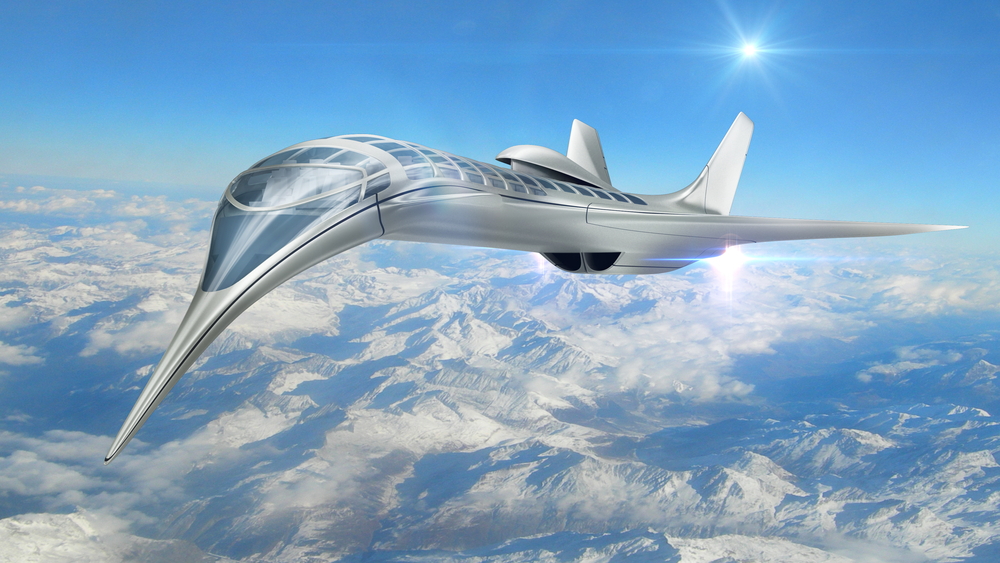British and Chinese scientists have been developing a new type of ceramic material. In their opinion, this product will allow us to enjoy hypersonic air travel in the future. It is an impressive breakthrough. However, it remains to be seen if hypersonic, commercial air travel is even possible.
Should We Care About Hypersonic Air Travel?
That appears to be the primary question on everyone’s mind right now. Air travel has become a lot quicker over the past few decades. Flying from one end of the planet to the other still takes up a lot of time, but things used to be far worse about sixty years ago. Additionally, planes have become slightly more comfortable, although the leg space still leaves much to be desired. This is why it is so important to cut down air travel time as much as possible.
One way to achieve that goal comes in the form of hypersonic air travel. As the name suggests, it would allow users to travel at much higher speeds than currently possible. However, sustained such a travel rate for an extended period of time requires special components capable of withstanding heat and pressure. A new type of ceramic material may provide us with that specific piece of the puzzle in the coming years. The new ceramic carbide coating deals with high temperatures of flying at five times the speed of sound with relative ease.
The concept of hypersonic flight has been proposed quite some time ago, but making it work is something else entirely. An aircraft capable of dealing with Mach 5 or slightly higher cannot simply be created on paper. It needs to exist in the real world, and scientists have worked on this problem for some time now. This new ceramic material may bring us a big step closer toward making hypersonic air travel a reality. The impact of the surrounding air alone generates temperatures in excess of 5,300 degrees Fahrenheit, and this material can apparently withstand that.
With most materials, the best possible outcome would be a warped wind edge. However, materials used in modern day aircraft would simply melt. Even if they were to survive with acceptable damage, they will degrade quickly. Thanks to this new material developed by British and Chinese scientists, we now have a concept of something capable of withstanding oxidation and ablation.
Even though this is a major breakthrough, it does not necessarily mean this new ceramic will be implemented into aircraft anytime soon. It is certainly possible certain industries will make use of this solution before the others do. NSA and others, for example, may see a lot of value in this new material. Aircraft carriers may hold off on experimenting with this technology for a few more years to come. No one knows when hypersonic air travel becomes accessible to consumers.
This is another big scientific breakthrough which helps our society connect with each other. Hypersonic air travel may not sound all that appealing to everyday people, but it can become the new way of getting from point A to B pretty quickly in two decades from now. Scaling such a concept to an industrial scale to replace 200+ passenger aircraft will be a very, very big challenge.

